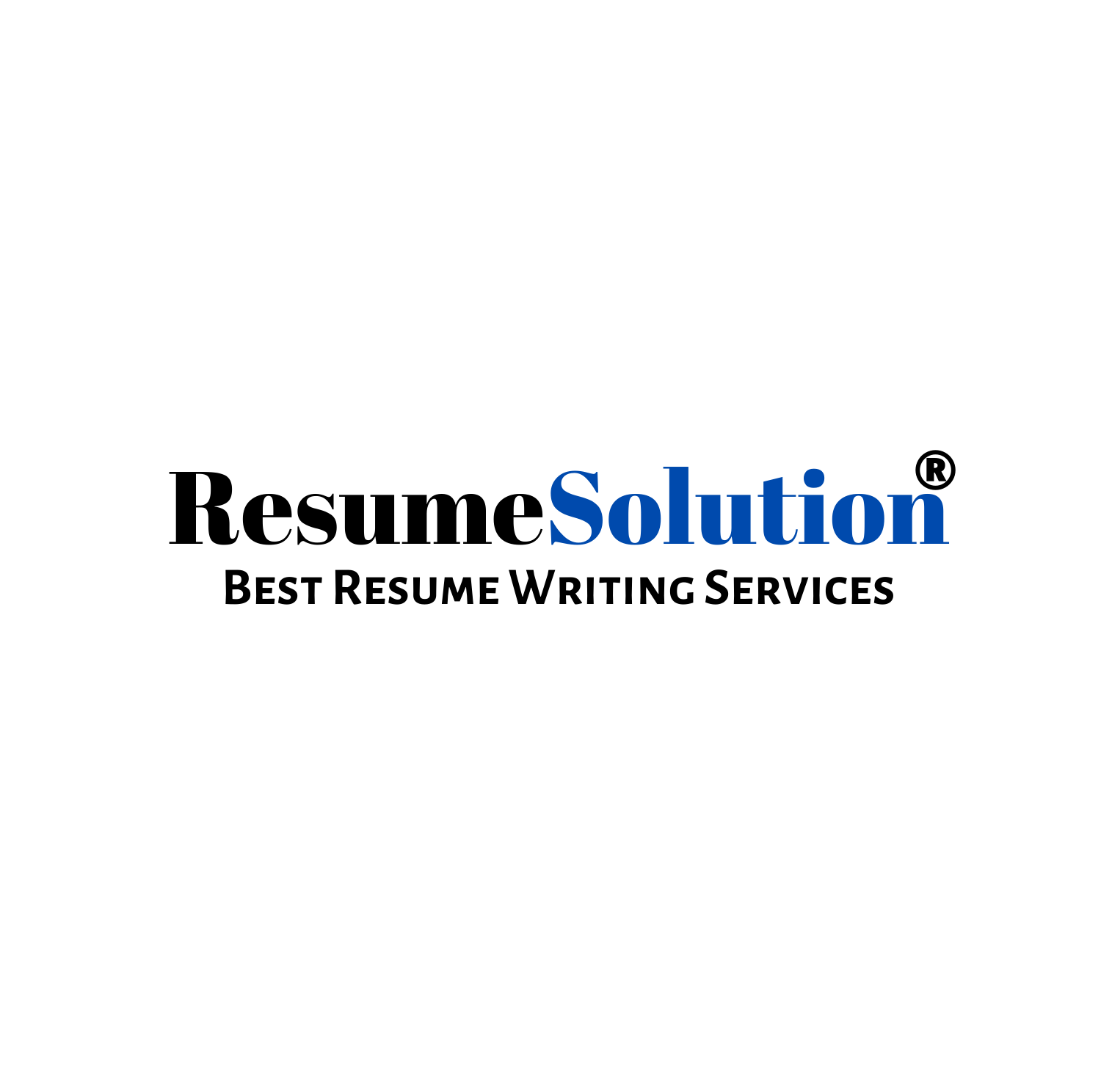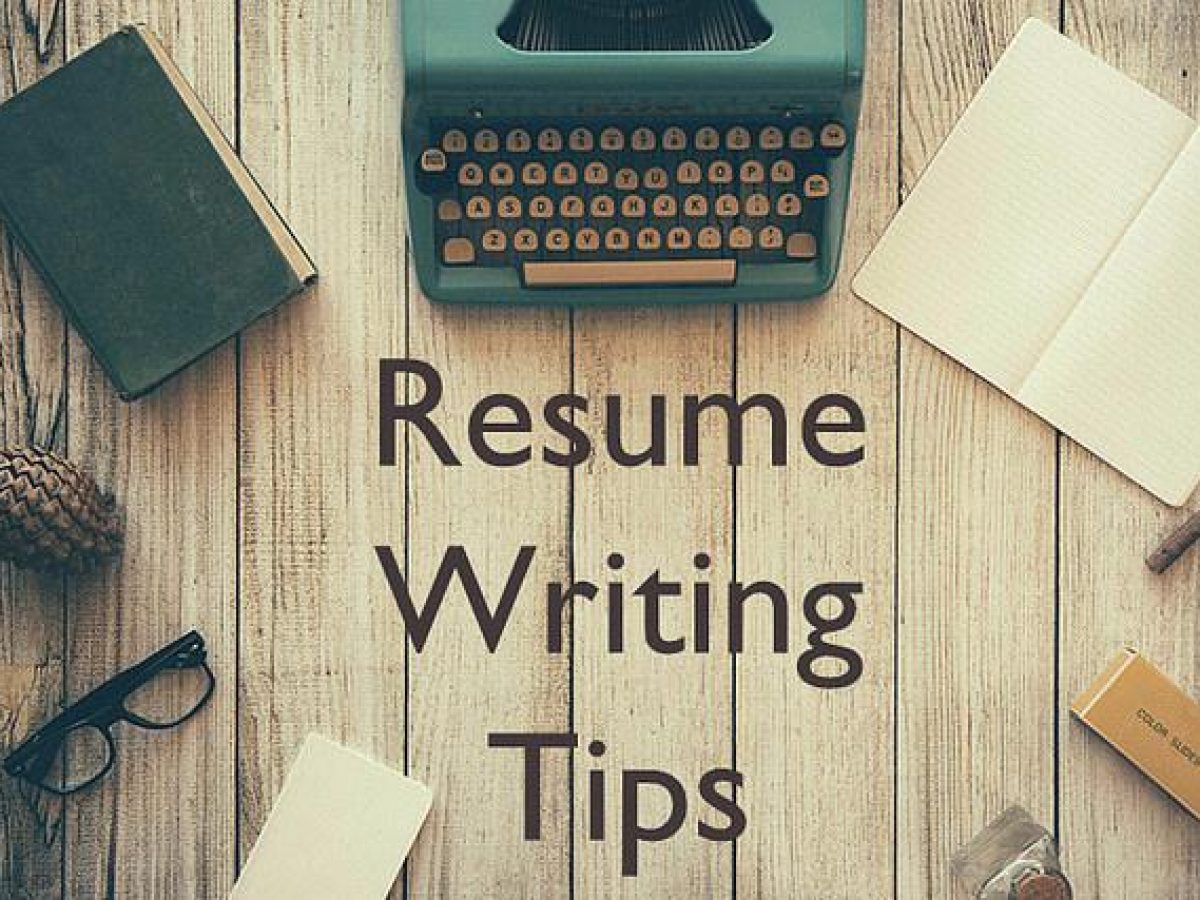Resume Writing Tips to Help You Stand Out
In today’s competitive job market, having a well-crafted resume is crucial to making a strong first impression. Your resume is often the first point of contact between you and potential employers, so it needs to convey your skills, experience, and qualifications effectively. However, it’s not just about listing your previous jobs and educational background; the way you present this information can make the difference between landing an interview and having your application overlooked. In this guide, we will cover essential resume writing tips that will help you stand out from the crowd.
1. Tailor Your Resume for Each Job Application
One of the biggest mistakes job seekers make is sending the same resume to every job posting. Employers want to see that you’ve taken the time to understand the role and the company’s needs. Customize your resume for each job by highlighting relevant skills and experience that match the job description. Use keywords from the job listing in your resume, particularly in your summary and skills sections, to pass through Applicant Tracking Systems (ATS) and catch the hiring manager’s eye.
Tips for Customizing Your Resume:
- Study the job description closely and identify the key qualifications.
- Highlight experiences that directly align with the role.
- Adjust the wording in your resume to mirror the language used in the job listing.
- Focus on accomplishments related to the position you’re applying for.
2. Use a Clear and Professional Format
A well-organized resume is easy to read and navigate, which makes a positive impression on employers. Use a clean, professional format that is free from clutter. Stick to a font like Arial or Times New Roman, with a size between 10 and 12 points. Use headings and bullet points to break up the text and make the document skimmable. Keep your resume concise, ideally no longer than one page unless you have extensive experience.
Key Elements of a Professional Format:
- Contact Information: Your full name, phone number, email address, and LinkedIn profile (if applicable).
- Summary or Objective: A brief statement at the top that outlines your professional identity and career goals.
- Work Experience: List relevant jobs in reverse chronological order, starting with your most recent position.
- Education: Include your degree(s), institution(s), and graduation date(s).
- Skills: Highlight both hard and soft skills that are relevant to the job.
- Certifications and Awards: Include any certifications, licenses, or industry awards you have earned.
3. Write a Strong Summary or Objective Statement
The resume summary or objective statement is the first thing recruiters read, and it should grab their attention. A well-written summary briefly highlights your most relevant qualifications and achievements. If you’re an experienced professional, focus on your expertise and what you bring to the table. If you’re a recent graduate or changing careers, use an objective statement to describe your career goals and what you hope to achieve in the new role.
Examples:
- For an Experienced Professional: “Results-driven marketing manager with 10+ years of experience in digital marketing strategies, brand development, and customer engagement. Proven track record in increasing web traffic and boosting social media presence by 35% in one year.”
- For a Recent Graduate: “Enthusiastic computer science graduate seeking a software development position. Skilled in Python, Java, and web development with a passion for problem-solving and creating user-centric applications.”
4. Focus on Achievements, Not Just Responsibilities
When describing your work experience, don’t just list your job responsibilities. Focus on specific accomplishments that demonstrate your value to employers. Quantify your achievements with numbers, percentages, or dollar amounts whenever possible. For example, instead of saying “Managed a team,” you could say, “Led a team of 10 sales associates to achieve a 20% increase in monthly sales.”
Ways to Highlight Achievements:
- Use action verbs like “achieved,” “improved,” “increased,” or “developed.”
- Quantify results with metrics such as sales numbers, cost savings, or project completions.
- Include details about how your contributions helped the company or project succeed.
5. Highlight Relevant Skills
Your skills section is one of the most critical parts of your resume. Make sure you’re showcasing the skills that are most relevant to the job you’re applying for. Include both hard skills (technical abilities, tools, and software you’re proficient in) and soft skills (such as communication, teamwork, and leadership). Many employers use ATS software to screen resumes, so incorporating industry-specific keywords can help ensure your resume gets seen by human eyes.
In-Demand Hard Skills (Depending on Industry):
- Data analysis
- Project management
- Programming languages (Python, Java, C++)
- UX/UI design
- Digital marketing
Important Soft Skills:
- Communication
- Problem-solving
- Time management
- Adaptability
- Collaboration
6. Use Action Verbs to Create Impact
Using strong action verbs throughout your resume helps to convey a sense of accomplishment and proactivity. Avoid passive language like “was responsible for” or “assisted with.” Instead, choose dynamic verbs like “implemented,” “designed,” “increased,” or “streamlined.” This makes your resume more engaging and demonstrates that you’ve made tangible contributions in your previous roles.
Examples of Action Verbs:
- Led
- Initiated
- Executed
- Developed
- Enhanced
- Improved
- Coordinated
7. Optimize for Applicant Tracking Systems (ATS)
Most large companies use Applicant Tracking Systems (ATS) to filter resumes before a human recruiter sees them. These systems scan resumes for relevant keywords related to the job description. If your resume lacks these keywords, it may never reach the recruiter’s desk. To optimize your resume for ATS:
- Include keywords and phrases directly from the job description.
- Use standard headings like “Work Experience,” “Education,” and “Skills.”
- Avoid using tables, graphics, or non-standard fonts, which may confuse the ATS.
- Submit your resume as a Word document or plain-text PDF, unless otherwise specified by the job listing.
8. Keep It Concise and Relevant
Recruiters typically spend only a few seconds scanning a resume before deciding whether to read further. That’s why it’s important to keep your resume concise, ideally one page long unless you have many years of relevant experience. Focus on the experiences and skills that are directly relevant to the job you’re applying for, and remove anything that doesn’t add value.
Tips for Maintaining Conciseness:
- Eliminate outdated experience, such as jobs from more than 10-15 years ago (unless relevant).
- Use bullet points to summarize key accomplishments and responsibilities.
- Be specific and avoid vague language like “many” or “a few.”
9. Include Volunteer Work and Extracurricular Activities (If Relevant)
If you’re a recent graduate or have limited professional experience, including volunteer work and extracurricular activities can help demonstrate your skills and work ethic. However, ensure that the activities you list are relevant to the job or showcase transferable skills like leadership, teamwork, or project management.
Examples of Relevant Volunteer Work:
- Volunteered as a project manager for a local non-profit organization, overseeing a team of 15 volunteers to organize charity events.
- Led a coding workshop for underprivileged youth, teaching the basics of HTML and CSS.
10. Proofread Carefully
Even the most impressive resume can be derailed by typos or formatting errors. Employers view mistakes as a lack of attention to detail, which can lead to your application being rejected. Before submitting your resume, proofread it multiple times. Consider asking a friend or colleague to review it as well. Tools like Grammarly or Hemingway can also help catch grammar and style mistakes.
Common Errors to Watch For:
- Spelling mistakes
- Incorrect dates or job titles
- Inconsistent formatting (e.g., bullet points, font size, spacing)
- Grammatical errors
11. Consider Adding a Cover Letter
While not all job applications require a cover letter, submitting one can make a big difference. A well-written cover letter allows you to elaborate on your qualifications, explain gaps in employment, or discuss a career change. It also demonstrates your communication skills and commitment to the application process. Customize each cover letter for the specific job and explain why you’re a good fit for the role.
Key Elements of a Strong Cover Letter:
- Address the hiring manager by name, if possible.
- Introduce yourself and explain why you’re interested in the position.
- Highlight your most relevant qualifications.
- End with a call to action, such as asking for an interview or expressing your eagerness to discuss your qualifications further.
12. Leverage Your LinkedIn Profile
Your resume and LinkedIn profile should complement each other. Ensure your LinkedIn profile is up to date with your latest experience and achievements. Many employers will cross-reference your resume with your LinkedIn profile, so make sure the two are aligned. LinkedIn also provides additional opportunities to showcase your work, such as posting project portfolios, obtaining recommendations, and engaging with industry content.
Conclusion
Crafting a resume that stands out requires careful attention to detail and an understanding of what employers are looking for. By tailoring your resume for each job, focusing on achievements, and optimizing for both readability and ATS, you can improve your chances of landing an interview. Remember to proofread carefully, use strong action verbs, and keep your format professional and easy to navigate. Finally, consider adding a cover letter to provide more context about your experience and enthusiasm for the role.
- 9 Solutions Architect Resume Examples for Your Job Search
- How to Find the Right Keywords to Beat the ATS (Applicant Tracking System)
- Resume Writing Tips to Help You Stand Out
- Best Resume Formats for Jobs: Examples and Templates
- How to Write a Recent Graduate Resume: A Comprehensive Guide with Examples
============================================







